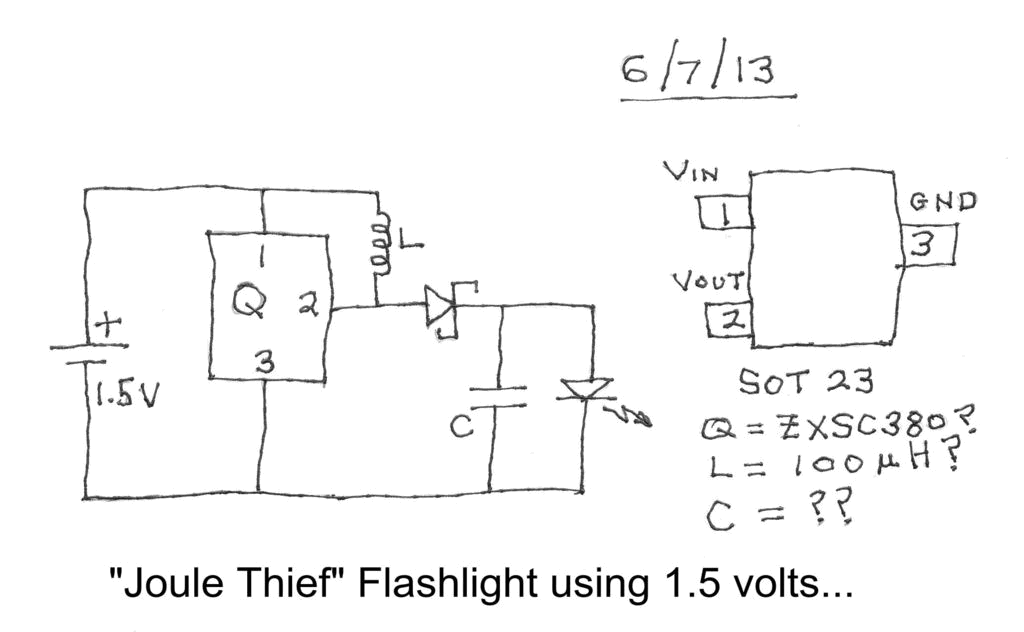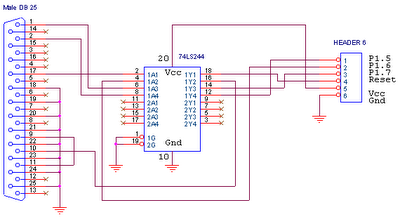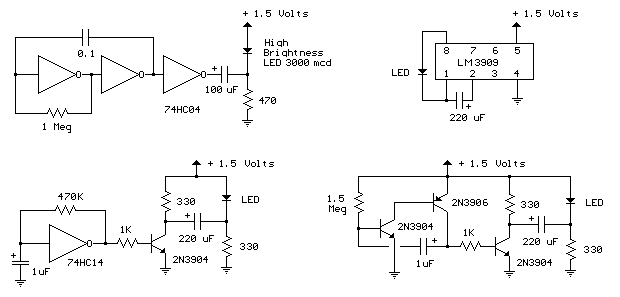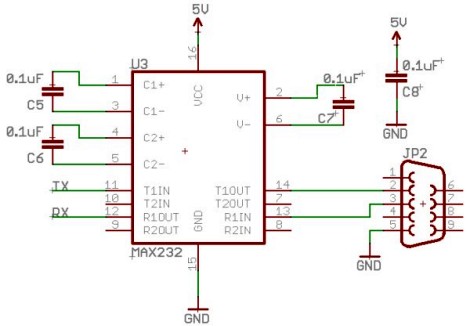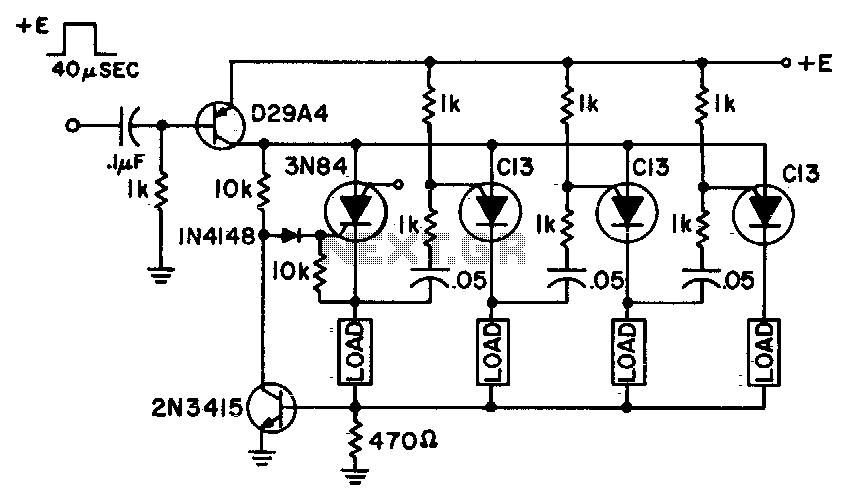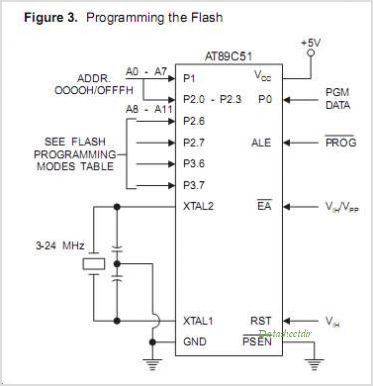
Flash memory interface tutorial covering basic fundamentals
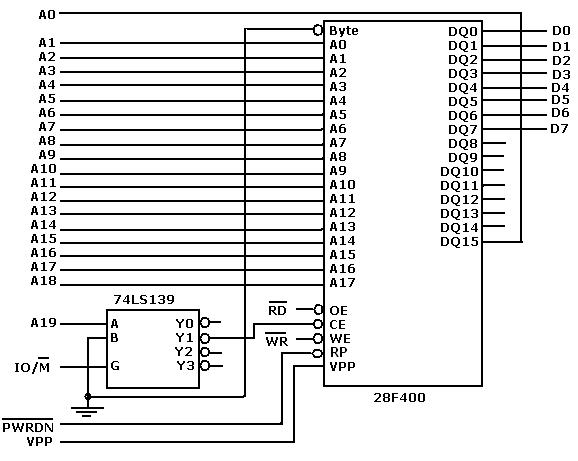
Flash memory, also known as flash RAM, is a type of non-volatile semiconductor memory device that retains stored data even when not powered. It is an enhanced version of electrically erasable programmable read-only memory (EEPROM). The primary distinction between Flash memory and EEPROM lies in their data handling; EEPROM erases and rewrites data one byte at a time, while Flash memory operates on entire blocks, resulting in faster performance. Flash memory cannot replace DRAM and SRAM due to their superior speed and byte-level addressing capabilities. Often referred to as Solid-State Storage Devices (SSD), flash memory lacks moving parts, unlike traditional hard disk drives. The two main types of flash memory are NOR Flash and NAND Flash. Intel introduced the first commercial NOR type flash chip in 1988, followed by Toshiba's launch of the first NAND flash in 1989. NOR Flash is slower in both erase and write operations compared to NAND Flash, which has faster erase and write times and smaller erase units, requiring fewer erases. NOR Flash allows for faster data reading and provides complete address and data buses for random access to any memory location, making it suitable for older ROM BIOS and firmware storage. It has an endurance of 10,000 to 1,000,000 erase cycles and is commonly used in embedded systems. Many modern microcontrollers come equipped with built-in flash memory. NAND Flash, on the other hand, occupies a smaller chip area per cell, allowing for greater storage densities and lower costs per bit than NOR Flash, and offers up to ten times the endurance of NOR Flash. It is more suitable for storing large files such as videos and audio, with USB thumb drives, SD cards, and MMC cards being examples of NAND type storage. However, NAND Flash lacks a random-access external address bus, requiring data to be read in a block-wise manner, which is less compatible with the byte-level random access needed by most microprocessors and microcontrollers. Writing to any flash device necessitates an empty or erased unit, typically requiring an erase operation beforehand. The erase process is straightforward for NAND Flash, while NOR Flash requires all bytes in the target block to be zeroed before erasure. NOR Flash erase blocks range from 64 to 128 Kbytes, with write/erase operations taking up to 5 seconds, whereas NAND Flash has erase blocks of 8 to 32 Kbytes, completing operations in a shorter time. The NOR Flash interface is similar to SRAM memory interfaces, providing sufficient address pins for direct access to all bytes, while NAND Flash utilizes a more complex I/O mapped interface with shared pins for control, address, and data. Traditional single-level cell flash devices store one bit per cell, while multi-level cell flash technology allows for multiple bits per cell, effectively doubling memory capacity. Flash memory data is stored in an array of memory cells made from floating-gate MOSFETs (FGMOS).
Flash memory is a critical component in modern electronic devices, providing a reliable and efficient means of data storage. Its non-volatile nature ensures that data remains intact even when power is lost, making it ideal for applications where data integrity is paramount. The architecture of flash memory cells, utilizing floating-gate MOSFET technology, allows for high-density storage solutions while maintaining performance standards.
In terms of applications, NOR Flash is particularly advantageous in scenarios where code needs to be executed directly from the memory, such as in embedded systems and firmware storage. Its random access capability allows for quick retrieval of data, which is essential for real-time applications. Conversely, NAND Flash excels in environments where large volumes of data are stored, such as in consumer electronics, digital cameras, and mobile devices. Its higher endurance and lower cost per bit make it the preferred choice for high-capacity storage solutions.
The evolution of flash memory has also led to advancements in data transfer speeds and storage capacity. The introduction of multi-level cell (MLC) technology has enabled manufacturers to increase storage density without significantly increasing the physical size of the memory chips. This innovation has facilitated the development of compact storage devices, such as USB drives and memory cards, which are widely used in various consumer electronics.
In conclusion, flash memory represents a significant advancement in data storage technology, combining speed, reliability, and efficiency. Its diverse applications and ongoing technological improvements continue to shape the landscape of electronic devices, driving innovation and enhancing user experiences across multiple sectors.Flash memory or a flash RAM is a type of nonvolatile semiconductor memory device where stored data exists even when memory device is not electrically powered. It`s an improved version of electrically erasable programmable read-only memory (EEPROM). The difference between Flash Memory and EEPROM are, EEPROM erases and rewrite its content one byte a t a time or in other words, at byte level. Where as Flash memory erases or writes its data in entire blocks, which makes it a very fast memory compared to EEPROM. Flash memory can`t replace DRAM and SRAM because the speed at which the DRAM/SRAM can access data and also their ability to address at byte level can`t be matched by Flash.
The flash memory is also termed as Solid-state Storage Device (SSD) due to the absence of moving parts in comparison to traditional computer hard disk drive. The two main types of flash memory are the NOR Flash & NAND Flash. Intel is the first company to introduce commercial (NOR type) flash chip in 1988 and Toshiba released world`s first NAND-flash in 1989.
NOR-flash is slower in erase-operation and write-operation compared to NAND-flash. That means the NAND-flash has faster erase and write times. More over NAND has smaller erase units. So fewer erases are needed. NOR-flash can read data slightly faster than NAND. NOR offers complete address and data buses to randomly access any of its memory location (addressable to every byte). This makes it a suitable replacement for older ROM BIOS/firmware chips, which rarely needs to be updated.
Its endurance is 10, 000 to 1, 000, 000 erase cycles. NOR is highly suitable for storing code in embedded systems. Most of the today`s microcontrollers comes with built in flash memory. NAND-flash occupies smaller chip area per cell. This maker NAND available in greater storage densities and at lower costs per bit than NOR-flash. It also has up to ten times the endurance of NOR-flash. NAND is more fit as storage media for large files including video and audio. The USB thumb drives, SD cards and MMC cards are of NAND type. NAND-flash does not provide a random-access external address bus so the data must be read on a block-wise basis (also known as page access), where each block holds hundreds to thousands of bits, resembling to a kind of sequential data access. This is one of the main reasons why the NAND-flash is unsuitable to replace the ROM, because most of the microprocessors and microcontrollers require byte-level random access.
A write operation in any type of flash device can only be performed on an empty or erased unit. So in most cases write operation must be preceded by an erase operation. The erase operation is fairly straightforward in the case of NAND-flash devices. But for a NOR-flash, it is mandatory that all bytes in the target block should be written with zeros before they can be erased. The size of an erase-block in NOR-flash ranges from 64 to 128 Kbytes. Here a write/erase operation can take up to 5 s. But the NAND-flash has erase blocks 8 to 32 Kbytes in size. So it is obvious that the NAND performs the identical operation in a lesser time duration. INOR-flash interface resembles closely to a SRAM memory interface, which has enough address pins to map its entire media, allowing for easy access to every byte contained in it, where as the NAND-flash go for serially accessed complicated I/O mapped interface.
Here the same pins are used for control, address & data. In traditional single-level cell flash devices, each cell stores only one bit of information. Later, many developers have developed a new form of flash memory known as multi-level cell flash that can store/hold more than one bits rather than a single bit in each memory cell, thus doubling the capacity of memory. Flash memory stores data in an array of memory cells. The memory cells are made from floating-gate MOSFETS (known as FGMOS). These FG MOSFETs (or FGMOS in short) have the abilit 🔗 External reference
Flash memory is a critical component in modern electronic devices, providing a reliable and efficient means of data storage. Its non-volatile nature ensures that data remains intact even when power is lost, making it ideal for applications where data integrity is paramount. The architecture of flash memory cells, utilizing floating-gate MOSFET technology, allows for high-density storage solutions while maintaining performance standards.
In terms of applications, NOR Flash is particularly advantageous in scenarios where code needs to be executed directly from the memory, such as in embedded systems and firmware storage. Its random access capability allows for quick retrieval of data, which is essential for real-time applications. Conversely, NAND Flash excels in environments where large volumes of data are stored, such as in consumer electronics, digital cameras, and mobile devices. Its higher endurance and lower cost per bit make it the preferred choice for high-capacity storage solutions.
The evolution of flash memory has also led to advancements in data transfer speeds and storage capacity. The introduction of multi-level cell (MLC) technology has enabled manufacturers to increase storage density without significantly increasing the physical size of the memory chips. This innovation has facilitated the development of compact storage devices, such as USB drives and memory cards, which are widely used in various consumer electronics.
In conclusion, flash memory represents a significant advancement in data storage technology, combining speed, reliability, and efficiency. Its diverse applications and ongoing technological improvements continue to shape the landscape of electronic devices, driving innovation and enhancing user experiences across multiple sectors.Flash memory or a flash RAM is a type of nonvolatile semiconductor memory device where stored data exists even when memory device is not electrically powered. It`s an improved version of electrically erasable programmable read-only memory (EEPROM). The difference between Flash Memory and EEPROM are, EEPROM erases and rewrite its content one byte a t a time or in other words, at byte level. Where as Flash memory erases or writes its data in entire blocks, which makes it a very fast memory compared to EEPROM. Flash memory can`t replace DRAM and SRAM because the speed at which the DRAM/SRAM can access data and also their ability to address at byte level can`t be matched by Flash.
The flash memory is also termed as Solid-state Storage Device (SSD) due to the absence of moving parts in comparison to traditional computer hard disk drive. The two main types of flash memory are the NOR Flash & NAND Flash. Intel is the first company to introduce commercial (NOR type) flash chip in 1988 and Toshiba released world`s first NAND-flash in 1989.
NOR-flash is slower in erase-operation and write-operation compared to NAND-flash. That means the NAND-flash has faster erase and write times. More over NAND has smaller erase units. So fewer erases are needed. NOR-flash can read data slightly faster than NAND. NOR offers complete address and data buses to randomly access any of its memory location (addressable to every byte). This makes it a suitable replacement for older ROM BIOS/firmware chips, which rarely needs to be updated.
Its endurance is 10, 000 to 1, 000, 000 erase cycles. NOR is highly suitable for storing code in embedded systems. Most of the today`s microcontrollers comes with built in flash memory. NAND-flash occupies smaller chip area per cell. This maker NAND available in greater storage densities and at lower costs per bit than NOR-flash. It also has up to ten times the endurance of NOR-flash. NAND is more fit as storage media for large files including video and audio. The USB thumb drives, SD cards and MMC cards are of NAND type. NAND-flash does not provide a random-access external address bus so the data must be read on a block-wise basis (also known as page access), where each block holds hundreds to thousands of bits, resembling to a kind of sequential data access. This is one of the main reasons why the NAND-flash is unsuitable to replace the ROM, because most of the microprocessors and microcontrollers require byte-level random access.
A write operation in any type of flash device can only be performed on an empty or erased unit. So in most cases write operation must be preceded by an erase operation. The erase operation is fairly straightforward in the case of NAND-flash devices. But for a NOR-flash, it is mandatory that all bytes in the target block should be written with zeros before they can be erased. The size of an erase-block in NOR-flash ranges from 64 to 128 Kbytes. Here a write/erase operation can take up to 5 s. But the NAND-flash has erase blocks 8 to 32 Kbytes in size. So it is obvious that the NAND performs the identical operation in a lesser time duration. INOR-flash interface resembles closely to a SRAM memory interface, which has enough address pins to map its entire media, allowing for easy access to every byte contained in it, where as the NAND-flash go for serially accessed complicated I/O mapped interface.
Here the same pins are used for control, address & data. In traditional single-level cell flash devices, each cell stores only one bit of information. Later, many developers have developed a new form of flash memory known as multi-level cell flash that can store/hold more than one bits rather than a single bit in each memory cell, thus doubling the capacity of memory. Flash memory stores data in an array of memory cells. The memory cells are made from floating-gate MOSFETS (known as FGMOS). These FG MOSFETs (or FGMOS in short) have the abilit 🔗 External reference
